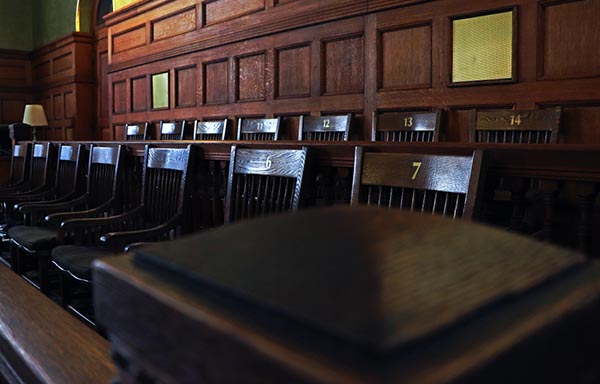Jury Biases All Lawyers Need to Understand

One of the most meaningful truths of modern awareness is “all perception is projection. “Another way of saying that is “we see what we expect to see.” Psychologists call this “cognitive bias,” or mental distortion of what we observe because of the bias of our subconscious mind. Our mind does not accept gaps or instants of lack of data and will fill in where necessary to create the illusion of a whole picture.
This cognitive bias is nowhere more present than a courtroom and the discrepancies of eyewitness accounts. What’s critical to know is that that when questioning potential jurors, they might not think they’re biased even though they do experience unconscious bias.
So as a lawyer, what do you do?
The key is knowing what biases exist so you can then guide the jurors to avoid them. Here are just a few:
Confirmation Bias
People look for ways to justify their beliefs. In other words, they will look for clues and associations that confirm their core beliefs and ignore or dismiss evidence that conflicts with those same beliefs. I represented a teenaged client who was rear-ended while driving a four-wheeler motorcycle. It was a good case and until the verdict, I thought we had won. What I didn’t know was many citizens of that county had a general bias against kids on four wheelers, and we were doomed before we started.
The Status Quo Bias
A lot of people tend to make the same decisions over and over because it’s comfortable. This is called a “status quo bias.” It’s obviously dangerous as each law case comes with a new set of facts and details that jurors need to assess with a fresh mind.
Anchoring Bias
Our conscious brain works linearly. The order in which we receive information will influence how and what we conclude at the end. That’s why it’s very important for the jury to sympathize with your client at the beginning of a trial. For example, lawyers need to establish a connection with the jury during voir dire by telling stories and getting them to relax before getting them to make judgments about the evidence. If the jury feels good about you and your client in the beginning, they are much more likely to accept your version of the evidence at the end.
Fortune Telling Bias
People will fill in the blanks and rationalize vague statements with their own experiences. Psychologist David Burns defines fortune telling bias as, “It’s as if I were before a crystal ball that could only predict sadness. You imagine that something bad will happen and take that prediction as a fact (when it really isn’t). Psychics and other mediums manipulate this bias by making general statements that apply to everyone and let the clients make the connection to themselves. For instance, “You have been hurt in the past” or “You are a survivor” are nonsensical statements that people will take to heart instantly and begin to believe that the speaker has special knowledge they need to hear.
Tribal Bias
People generally will believe people they identify with. It is the “us versus them” mentality. We understand what we know, and we fear what we do not understand. It is critical to make sure the jury isn’t biased against your client’s race, religion, sexual orientation, or education.
About the Author
James Gray Robinson, Esq. was a third-generation trial attorney, specializing in family law, for 27 years in his native North Carolina up until 2004. Since then he has become an individual and business consultant who works with a wide range of people, professional organizations, and leading corporations. Robinson’s mission is for all people to have fulfilling, peaceful career experiences and work environments. At the age of 64, Gray passed the Oregon bar exam and is again a licensed attorney.
Share post:








